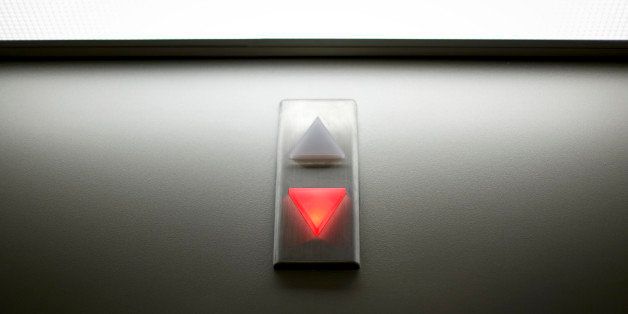
Scientists have identified the part of the brain that gives humans the ability to tell up from down.
The discovery could help in devising treatments for chronic dizziness that are caused by brain disruptions and not inner ear or vision problems, said researchers from Johns Hopkins University.
"Our brain has this amazing way of knowing where we are in space, whether we are upright or tilted at an angle, even if it is completely dark and we can't see anything around us," study researcher Amir Kheradmand, M.D., a neurology instructor at the the university's School of Medicine, said in a statement. "This study suggests there's a small area of neural tissue in the parietal cortex substantially involved in this ability, giving us a place to start thinking about how we may be able to treat people with disorienting dizziness."
The small new study, which is published in the journal Cerebral Cortex, is based on testing of eight healthy people. Study participants were put in a dark room and shown lines that were lit up on a screen. They were asked to use a rotating dial, which could be turned left, right or straight, to indicate the orientation of the illuminated lines.
Then, all the study participants received trans-cranial magnetic stimulation, a safe, FDA-approved procedure where electromagnetic currents are delivered to certain brain locations to temporarily disable functioning in that brain region. This treatment was applied to a spot across the right parietal lobe of the brain. They received this treatment for 40 seconds, before being asked to show researchers again the orientation of the illuminated lines.
The researchers found that each time the participants received the trans-cranial magnetic stimulation in this spot, their sense of up and down was skewed. This led researchers to surmise that the supramarginal gyrus, which is a part of the parietal lobe, plays a function in giving humans a sense of up and down.
"It's fascinating that we've gotten to the point that we can show that a subconscious perception can be altered using this simple, noninvasive technique," Kheradmand said in the statement. "We're excited that this could someday be a key to helping people who have dizziness and spatial disorientation to feel better."
Dizziness has a hefty price tag, with costs for emergency room visits for severe dizziness reaching $3.9 billion in 2011, according to past research from Johns Hopkins.